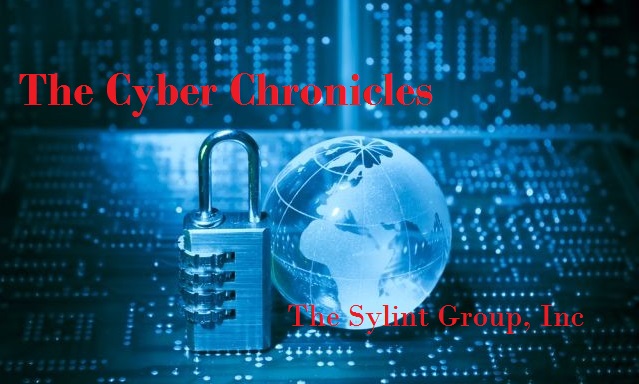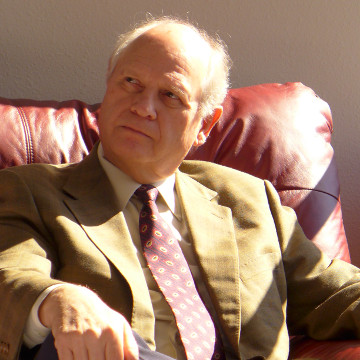In the decade before 1776, British courts began issuing “writs of assistance” for the general search and seizure of colonists’ documents. The intention was to permit British troops to inspect properties for smuggled goods, but these writs gave officials broad power to enter private homes to search for, and seize, anything and everything that might be considered contraband by the British Empire.
Such general warrants were among the many complaints the colonists levied against the crown and played no small part in the American Revolution.
This Independence Day, it would behoove us all, as Americans, to reflect on the motivations for the colonists’ revolt against Britain. In a 2013 piece at the Huffington Post, Radley Balko spoke on the core meaning of the Fourth of July:
Independence Day isn’t for celebrating the American government and whoever happens to be currently running it, but for celebrating the principles that make America unique.
And in fact, celebrating the principles that [animated] the American founding often means celebrating the figures who have defended those principles in spite of the government.
The list of modern Americans who have stood as stalwart guardians of the principles of liberty is regrettably short. More concerning, however, is what has happened in the years since 9/11, as fear and paranoia over terrorism gripped the American electorate and absconded with many of the basic liberties that the founding generation fought and died to uphold. America just isn’t what it used to be.
But the tides of unrestrained surveillance seem to be receding.
A few weeks ago, thanks to a vibrant and broad coalition of civil libertarians, grassroots organizations, and cross-aisle partners, America finally took the first step in reining in the secret surveillance state that Edward Snowden revealed to us almost two years ago to the day. The USA FREEDOM Act, for all its flaws, stands as the most significant piece of surveillance reform legislation since 1978 and signals Congress’s willingness to work on surveillance reform.
While there is much to do in preparing for upcoming battles over government surveillance, a look back at recent events can help shed light on how we as libertarians can best move forward.
Not surprisingly, the debate left some dissatisfied that the reforms did not go far enough, while others considered anything short of a full USA PATRIOT Act reauthorization to be an unacceptable compromise.
Filled with riotous rhetorical broadsides, the debate featured civil libertarians supporting reform against civil libertarians backing a complete, uncompromising end to the surveillance state, pitting Republican hawks against centrists and Democrats, and Sen. Rand Paul against pretty much everyone.
In a story of strange political bedfellows, Sen. Paul joined hawks such as Sen. John McCain and Sen. Richard Burr in voting against the USA FREEDOM Act. While Paul criticized components of the bill for not going far enough (all criticisms being perfectly fair and true), the political reality was such that this bill, however imperfect, was by far the best chance for reform in the near term.
As Cato’s Julian Sanchez noted prior to its passage: “While ‘Sunset the Patriot Act’ makes for an appealing slogan, the fact remains that the vast majority of the Patriot Act is permanent — and includes an array of overlapping authorities that will limit the effect of an expiration.”
In other words, the limitations of USA FREEDOM would actually be more effective than simply letting a two or three provisions of the USA PATRIOT Act (temporarily) expire.
The heroes of this debate were a broad coalition of civil-society groups, technology firms, and nonprofits dedicated to moving the ball forward on reform, no matter how small the gain.
However, even as some are celebrating this small but important victory, there are troubled waters ahead for privacy advocates and civil libertarians. The upcoming Senate vote on the Cybersecurity and Information Sharing Act (CISA) is the next battle in the ongoing war against the surveillance apparatus. If passed, it would be one step forward, two steps back for the small victories privacy advocates have won over the past month.
I’ve written quite a bit on the issues that many civil libertarian organizations have with CISA, which is little more than a surveillance Trojan Horse containing a host of “information-sharing” provisions that would allow intelligence agencies to acquire information from private firms and use it to prosecute Americans for garden-variety crimes unrelated to cybersecurity, due process be damned.
A broad coalition of organizations has once more come together, this time to oppose CISA, to continue the battle against expanding the surveillance state.
In public policy, the Overton window refers to the spectrum of policy prescriptions and ideas that the public views as tolerable: the political viability of any idea depends not on the personal preferences of politicians, but on whether it falls within the range of publicly acceptable options.
That is why a willingness to compromise is so vital in public-policy discussions. Marginal reforms should be seen as victories in the slow but consistent effort to rein in the excesses of our Orwellian security order.
USA FREEDOM is far from ideal, and the expiration of provisions of the PATRIOT Act, such as Section 215, will not stop government surveillance in its tracks. The government can still use National Security Letters (NSL), and Section 702 of the FISA Amendments Act can still be creatively interpreted by the intelligence community to justify continued mass surveillance, to say nothing of Executive Order 12333, which covers surveillance conducted outside of the United States.
Nonetheless, the new law is an important first step towards tearing down the most onerous provisions of the PATRIOT Act in a piecemeal fashion. This may seem a daunting and less-than-ideal approach for many libertarians, but the alternative is merely symbolic gesticulation.
So where do we go from here?
Libertarians need to start working with nontraditional allies to support, on an issue-by-issue basis, real, practical reforms to the surveillance state. If we do not, we cannot hope to be effective and valuable partners to those individuals and organizations working tirelessly in support of the same values and freedoms that we all hold dear.
We must also recognize that there are limitations to compromise, and we should never forsake our core principles in favor of political expediency. But, on the margins, we can make significant contributions to civil liberties, especially in the ongoing surveillance reform debate. Recognizing the reality of what is achievable in the current political landscape is necessary for identifying and taking advantage of the available opportunities for restoring liberty.
We have a choice in the upcoming surveillance-reform fights: We can be positive contributors to a legacy of liberty for future generations, or we can continue to fancy ourselves armchair philosophers, ignoring public-policy realities and taking comfort in the echo chamber that never challenges our worldview.
Given political realities, marginal reforms constitute the fastest path forward. The American people are owed their civil liberties; hence, we must fight to move, however incrementally, towards a freer, more civil society.

Ryan Hagemann
Ryan Hagemann is a civil liberties policy analyst at the Niskanen Center.
RELATED ARTICLE: Cyber Security: Where are we now and where are we headed?



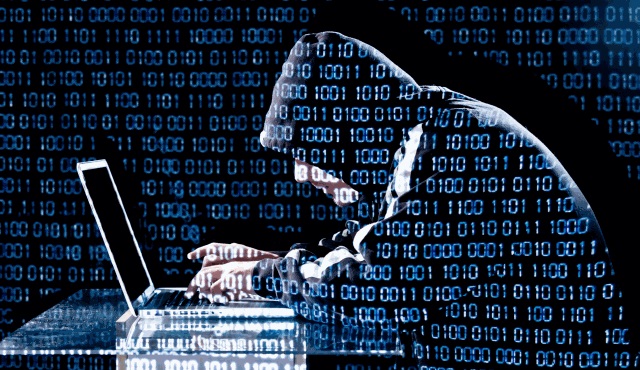
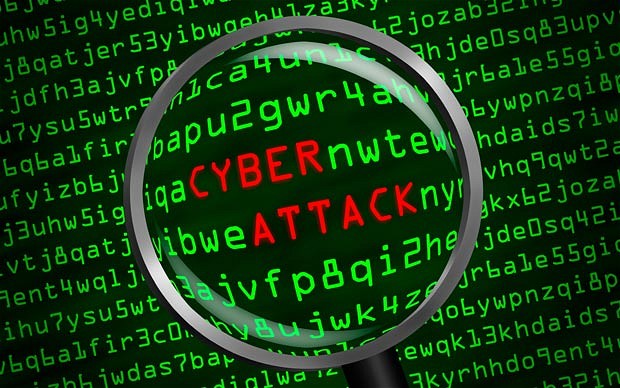




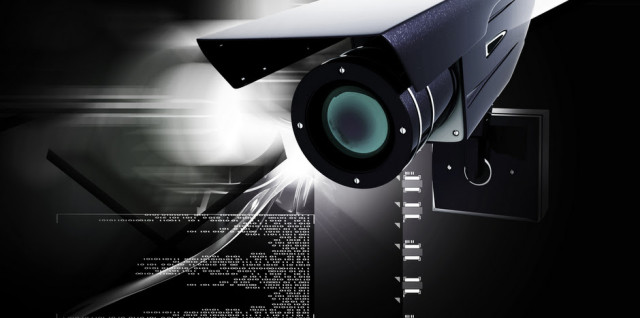

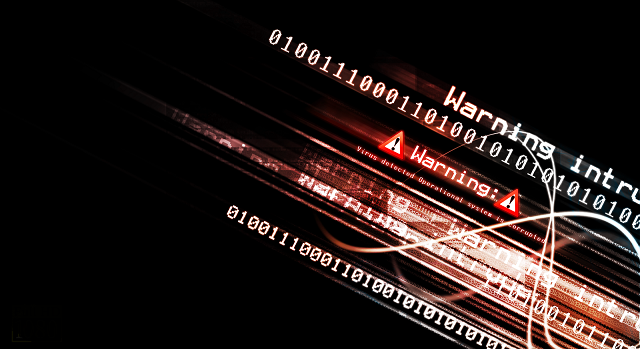

 Now about this code. I won’t post it here as text, as we know they will flag that also, but any competent developer can tell there is nothing malicious there. It’s no secret. It’s simple base64 encoding, easily decoded, not that it will mean much. The point is, it’s easy to see it’s not malicious. It’s easy for Avast to add a signature to their scanners even if they did see this scary “obfuscation.” Their choice of words is interesting: when script is “encoded” for good reason, as this is, we just call it “encoded,” not obfuscation, as developers can easily decode it to see the real code behind it, using
Now about this code. I won’t post it here as text, as we know they will flag that also, but any competent developer can tell there is nothing malicious there. It’s no secret. It’s simple base64 encoding, easily decoded, not that it will mean much. The point is, it’s easy to see it’s not malicious. It’s easy for Avast to add a signature to their scanners even if they did see this scary “obfuscation.” Their choice of words is interesting: when script is “encoded” for good reason, as this is, we just call it “encoded,” not obfuscation, as developers can easily decode it to see the real code behind it, using 